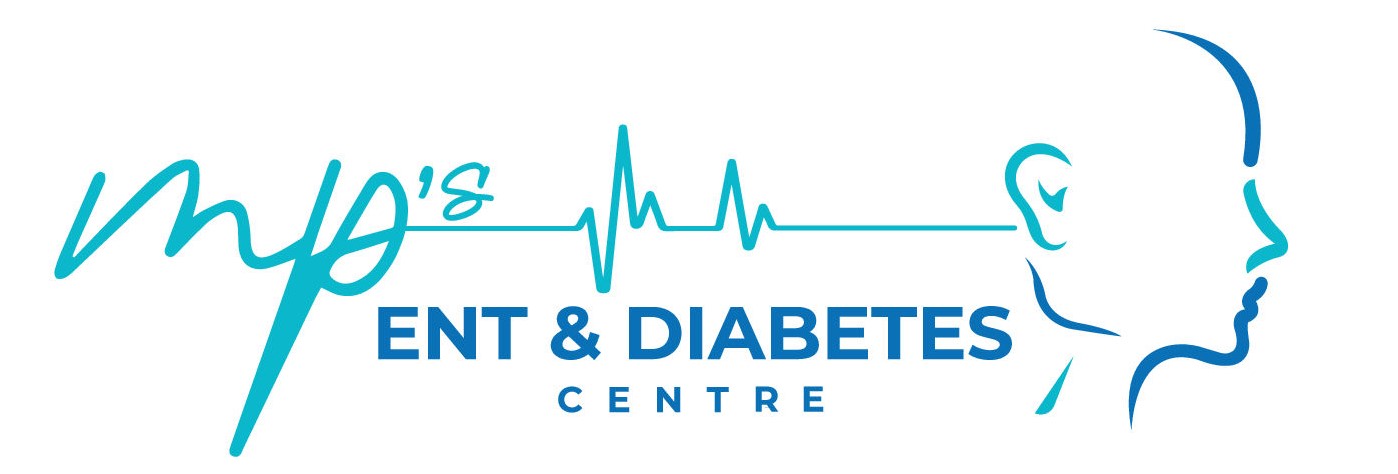Services > Cochlear Implant & Hearing Aids
Cochlear Implant & Hearing Aids
🔊 Hearing Loss Overview
Both cochlear implants and hearing aids are devices used to treat hearing loss, but they function differently and are suited for different types and degrees of hearing impairment.
🔥 1. Hearing Aids
Hearing aids are external, wearable devices designed to amplify sound. They are suitable for people with mild to moderate hearing loss.
🎧 How They Work
- Amplification: The device picks up sound through a microphone, amplifies it, and delivers it to the ear canal.
- Digital processing: Modern hearing aids filter and adjust sounds based on the environment.
- Custom fitting: Programmed to match the individual’s hearing needs.
✅ Best for:
- Mild to moderate hearing loss
- Individuals with some remaining natural hearing
- People seeking a non-surgical solution
📌 Types of Hearing Aids
- Behind-the-Ear (BTE): Sits behind the ear with a tube leading to an earpiece.
- In-the-Ear (ITE): Custom-molded to fit inside the ear.
- Receiver-in-Canal (RIC): Smaller, more discreet, with the receiver inside the ear canal.
- Completely-in-Canal (CIC): Tiny, almost invisible, for mild hearing loss.
⚡ 2. Cochlear Implants (CI)
Cochlear implants are surgically implanted devices for individuals with severe to profound hearing loss who do not benefit from hearing aids.
🛠️ How They Work
- Bypasses the damaged ear:
- The implant directly stimulates the auditory nerve.
- Components:
- External processor: Worn behind the ear, picks up and processes sound.
- Internal implant: Placed under the skin behind the ear and connected to electrodes in the cochlea.
- Electrical signals: The implant sends electrical impulses to the auditory nerve, allowing the brain to interpret them as sound.
✅ Best for:
- Severe to profound sensorineural hearing loss
- Little to no benefit from hearing aids
- Both adults and children (as young as 12 months)
